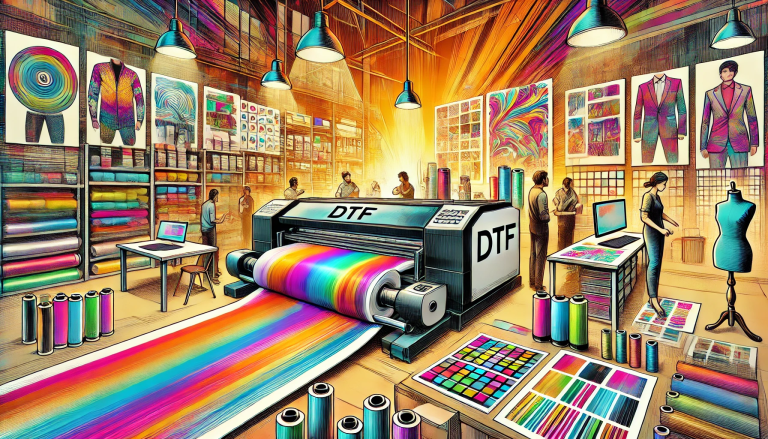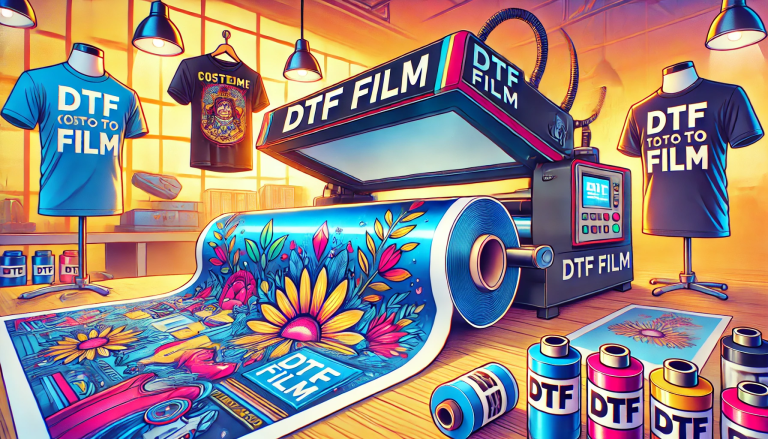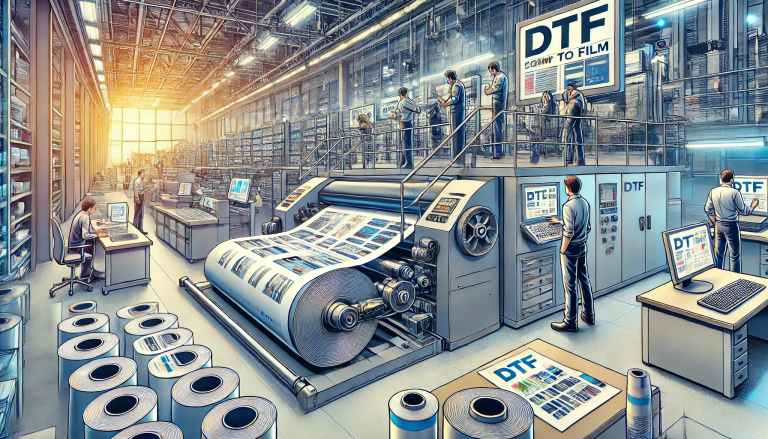“DTF and Screen Printing: A Comparative Look into Two Popular Printing Techniques” -MAXDTF- UV DTF Printing Decal Manufacturer, UV DTF Paper Supplier, Made in China
Introduction
The printing industry has evolved significantly over the years, introducing advanced techniques that offer exceptional quality and convenience. Among these techniques, Direct to Film (DTF) and Screen Printing have gained substantial popularity. However, they employ different methods, have distinct benefits, and cater to different needs. In this blog post, we will discuss what DTF and Screen Printing are, their differences, their pros and cons, and when to use each technique.
Part 1: What is Direct to Film (DTF) Printing?
Direct to Film, or DTF printing, is a relatively new digital printing method that involves printing a design directly onto a PET film, then transferring it to the desired surface with heat and pressure. This method allows full-color images to be printed with a high level of detail and color accuracy, making it a versatile choice for intricate designs or photographic printing.
In the DTF process, the design is first printed on the film using special DTF inks. A layer of adhesive powder is then applied to the ink, which bonds with it when heat is applied. Finally, the design is transferred to the material, creating a durable and high-quality print.
Part 2: What is Screen Printing?
Screen Printing, also known as silk screen printing, is a traditional printing method that uses a mesh screen to apply ink onto the printing surface. The process involves creating a stencil (known as a ‘screen’) of the design and applying ink through this stencil onto the material. Different colors require separate screens, making it a labor-intensive process for multi-colored designs. However, for large batch orders of a single design, screen printing is cost-effective and results in vibrant, durable prints.
Part 3: The Differences Between DTF and Screen Printing
While both DTF and Screen Printing can produce high-quality prints, they do so in different ways and have distinct advantages and disadvantages.
- Color Limitations: Screen Printing involves creating a separate screen for each color in the design. Thus, it becomes time-consuming and expensive for multi-colored or gradient designs. DTF, on the other hand, can easily handle full-color images and gradients, making it more versatile for complex designs.
- Order Volume: For large orders, Screen Printing is often more cost-effective due to the high initial setup cost but low ongoing costs. DTF, being a digital process, doesn’t require much setup but has a consistent cost per print, making it more suitable for small or medium-sized orders.
- Material Compatibility: Screen Printing works on a wide variety of materials and can produce exceptionally vibrant prints, especially on dark fabrics. DTF also has a broad material compatibility, but it is particularly well-suited to light-colored fabrics.
Part 4: Pros and Cons of DTF and Screen Printing
DTF Printing:
Pros
- Can handle full-color images and complex designs with ease.
- Suitable for small to medium-sized orders.
- No setup cost per design.
Cons
- The cost per print doesn’t decrease with volume.
- The print can feel a little heavier on the fabric.
Screen Printing:
Pros
- Produces highly vibrant and durable prints.
- Cost-effective for large volume orders.
- Works exceptionally well on dark fabrics.
Cons
- The setup process can be time-consuming and costly, especially for complex designs.
- Not suitable for designs with many colors or gradients.
Part 5: When to Use DTF or Screen Printing
Choose DTF when:
- You have a small or medium-sized order.
- Your design involves multiple colors or complex gradients.
- You require high-detail or photographic printing.
Choose Screen Printing when:
- You have a large order of the same design.
- Your design is simple and uses few colors.
- You are printing on a wide range of materials, especially dark fabrics.
Conclusion
While DTF and Screen Printing are both valuable tools in the printing industry, they serve different needs and are best suited to different applications. Understanding the capabilities and limitations of each method is key to determining which one to use for your printing needs. As the printing industry continues to evolve, keeping up-to-date with the latest methods and technologies will allow you to create the highest quality prints for any project.





